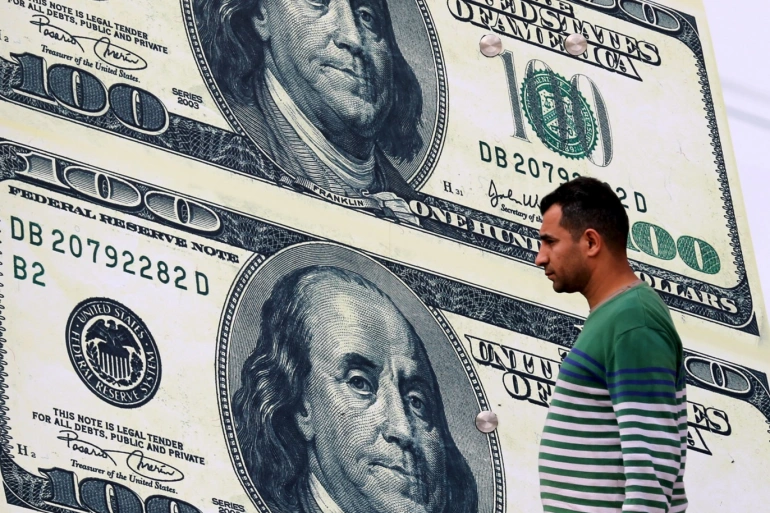
The devaluation of the Egyptian pound between the benefits and harms
With each new reduction in the exchange rate of the Egyptian pound against the US dollar, officials scramble to talk about the advantages of that reduction, which will lead to an increase in exports and an increase in the value of imports, which encourages local production to substitute some products for imports, which leads to a decrease in imports, and helps increase foreign investment rates. direct and indirect.
It encourages foreigners to buy cheap Egyptian real estate, and helps to increase the rates of tourism arrivals, and all of this is based on an axiom that in light of the decrease in the exchange rate of the Egyptian pound against the US dollar since the beginning of this year by 53% until the second day of the new float, which took place on October 27 In October, the foreign importer of an Egyptian commodity that was worth 10,000 Egyptian pounds, for which he paid about 636 dollars at the beginning of the year, can now buy it for only 417 dollars.
A tourist who was paying the costs of a trip worth 8,000 Egyptian pounds at the beginning of the year (about $509) can now pay $333 for the same trip, and whoever was going to buy an Egyptian property worth two million Egyptian pounds at the beginning of the year would have cost him 127,000 dollars, he will be able to buy it for less than 84,000 dollar.
The foreign investor who wanted to establish a factory in Egypt costing two billion Egyptian pounds would have paid $64 million at the beginning of the year. That factory now costs $42 million, and the same is true for the foreign investor who buys government debt instruments from Egyptian treasury bills and bonds.
8 previous reductions of the pound against the dollar
But as long as the matter is that simple, why did exports, tourism and foreign investment not achieve major leaps in the past years, especially since the devaluation of the pound against the dollar linked to agreements with the International Monetary Fund took a historical path that extends back to the 1960s.
In May 1962, the pound was depreciated against the dollar by 23%, on January 1, 1978, by 79.5%, and on May 11, 1987, by 63%, and in 1991 it was reduced twice, with a total of 24%, and on January 29 The second, 2003, with a rate of 20%, in coordination with the Fund and without concluding an agreement, as happened in previous years.
In November 2016, it was reduced during the month by 104%, and on March 21 of this year by 16%, and its gradual reduction continued in the following months, until the reduction was by 16.5% on October 27, which is the price that It needs a few weeks to settle down.
Therefore, the devaluation of the currency alone is not enough to achieve the booms promised by the officials and the media of one voice, which we will try to clarify with some resources in the years following the agreement with the Fund in 2016, and let's start with the Egyptian merchandise exports, which amounted to 18.7 billion dollars in the fiscal year 2015/2016.